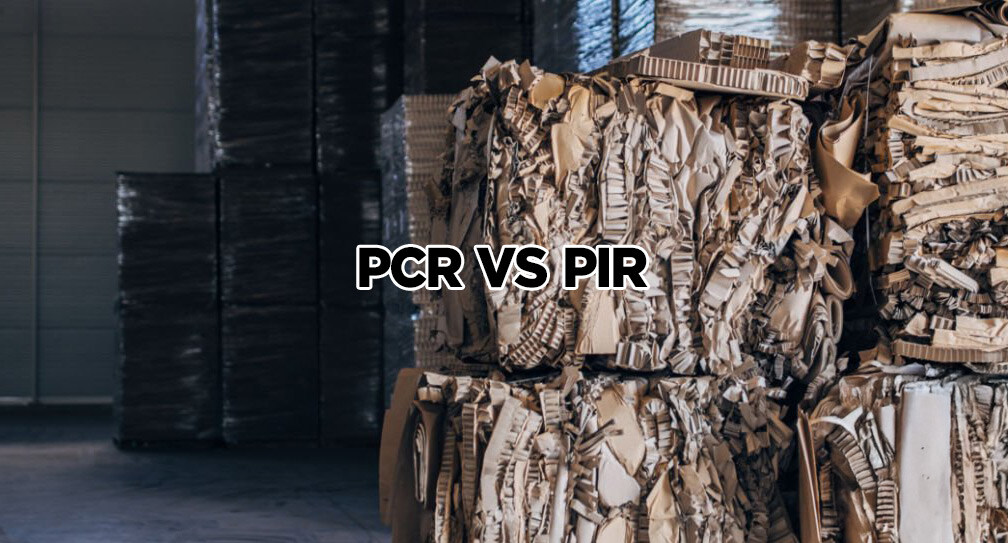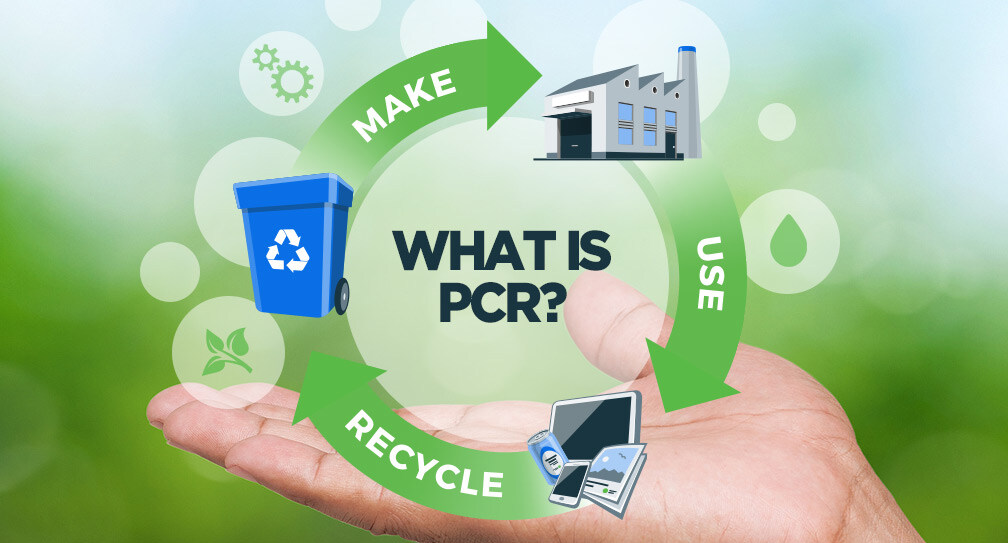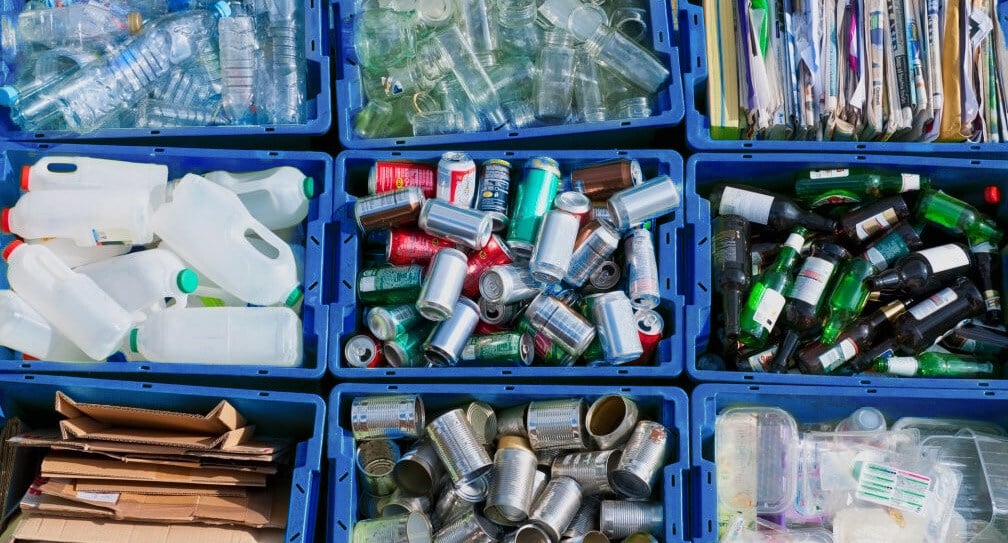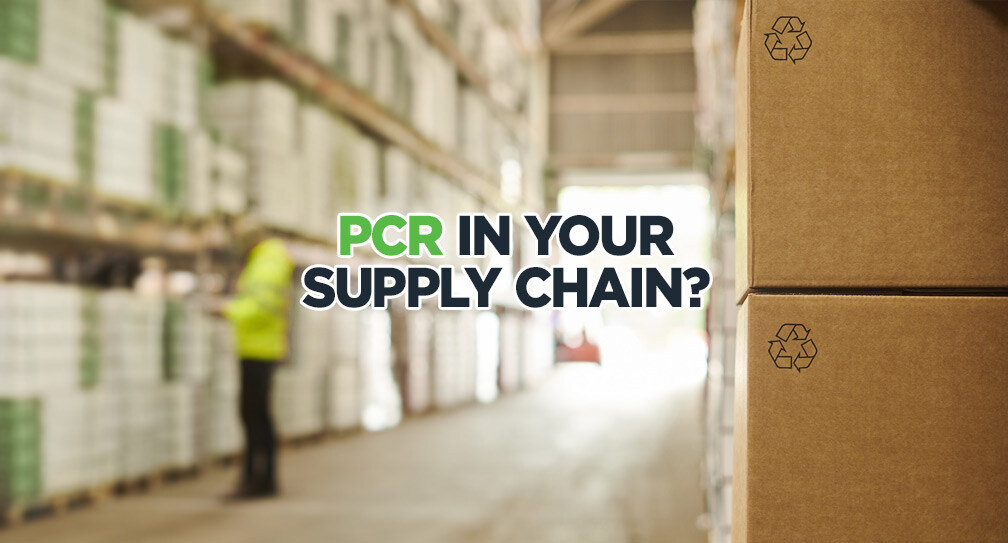As businesses and consumers become increasingly focused on sustainability, the demand for recycled materials in packaging continues to grow. Two key terms often used in the industry are Post-Consumer Recycled (PCR) and Post-Industrial Recycled (PIR) materials. While both contribute to waste reduction and environmental responsibility, they differ in their sources, benefits, and applications.
You can read more about PCR in one of our previous blog posts.
At IPG, we are committed to providing sustainable packaging solutions that incorporate both PCR and PIR materials materials to help businesses achieve their sustainability goals without compromising performance. Let’s break down the differences between PCR and PIR and explore how they fit into the packaging industry.
What Is Post-Consumer Recycled (PCR) Material?
PCR refers to materials that have been used by consumers, collected through recycling programs, and then processed into new raw materials. Examples include:
- Recycled plastic from bottles, containers, and films
- Recycled paper and cardboard
- Other packaging materials repurposed from consumer waste
Benefits of PCR:
 Reduces Landfill Waste – Diverts used materials from ending up in landfills
Reduces Landfill Waste – Diverts used materials from ending up in landfills- Decreases Demand for Virgin Plastics – Helps conserve natural resources and reduces dependence on fossil fuels
- Supports Circular Economy – Encourages a closed-loop system for packaging materials
Challenges of PCR:
- Inconsistent Quality – Variability in recycled materials may require additional processing
- Higher Costs – Collecting, cleaning, and reprocessing consumer waste can be more expensive than using virgin materials
IPG and PCR Packaging Solutions
IPG incorporates PCR materials into various packaging solutions, including eco-friendly tapes and flexible films. By leveraging PCR content, IPG helps brands reduce their environmental impact while maintaining strong, reliable packaging.
What is Post-Industrial Recycled (PIR) Material?
PIR materials come from manufacturing waste, such as:
- Scrap materials from production lines
- Unused trimmings from packaging manufacturing
- Factory excess materials that are repurposed instead of discarded
Benefits of PIR:
High Quality and Consistency – Since it is collected directly from manufacturing PIR often has better quality control than PCR
Reduces Industrial Waste – Keeps production scraps out of landfills
Lower Processing Costs – Requires less cleaning and sorting than PCR
Challenges of PIR:
- Limited Availability – PIR is dependent on manufacturing waste, meaning supply is restricted to what is produced in factories
- Less Impact on Circular Economy – Since PIR never reaches consumers before being recycled, it does not directly encourage consumer recycling habits.
IPG's Use of PIR Materials
At IPG, we optimize post-industrial recycled content in products like packaging films, tapes, and potective solutions, helping manufacturers lower waste while maintaining cost-effective, high-performance packaging.
 IPG PCR Products
IPG PCR Products
A prime example of a high-performance PCR product is the Exfilm Plus PCR shrink film. This innovative film incorporates 20% post-consumer recycled content, offering superior performance and sustainability. Designed to excel on all sealing systems and tunnels, Exfilm Plus PCR provides high strength, excellent shrinkability, and puncture resistance. It's an ideal choice for businesses aiming to reduce costs and environmental impact without compromising packaging integrity.
PCR vs. PIR: Which is Batter for Sustainable Packaging?
Both PCR and PIR play crucial roles in reducing waste and promoting sustainably, but their ideal use depends on business goals:
|
Factor |
PCR (Post-Consumer Recycled) |
PIR (Post-Industrial Recycled) |
|
Source |
Consumer waste (e.g., bottles, packaging) |
Industrial waste (factory scraps) |
|
Quality |
Can vary, may require additional processing |
More consistent, easier to repurpose |
|
Sustainability Impact |
Encourages consumer recycling, reduces landfill waste |
Minimizes factory waste but does not influence consumer habits |
|
Cost |
Typically higher due to collection and processing |
Lower due to cleaner sourcing |
|
Best Use Case |
Brands seeking eco-conscious messaging and circular economy participation |
Manufacturers aiming to reduce production waste efficiently |
How IPG Helps Businesses Choose the Right Sustainable Packaging
Both PCR Whether your company prioritizes circular economy efforts with PCR or cost-efficient sustainability with PIR, IPG offers innovative packaging solutions that incorporate both materials. Our focus is on balancing performance, cost-effectiveness, and environmental responsibility—helping brands make the right choice for their specific needs.
From eco-friendly tapes to downgauged films and sustainable packaging innovations, IPG is at the forefront of responsible packaging solutions.
Ready to Make the Sustainable Choice?
Explore IPG’s recycled content packaging solutions at itape.com and discover how we can help your business reduce its environmental footprint while maintaining superior packaging performance.




